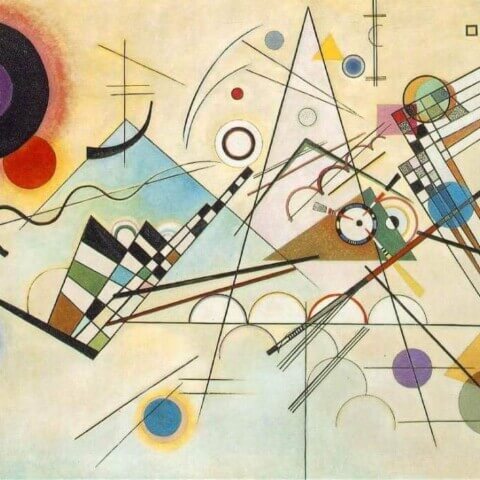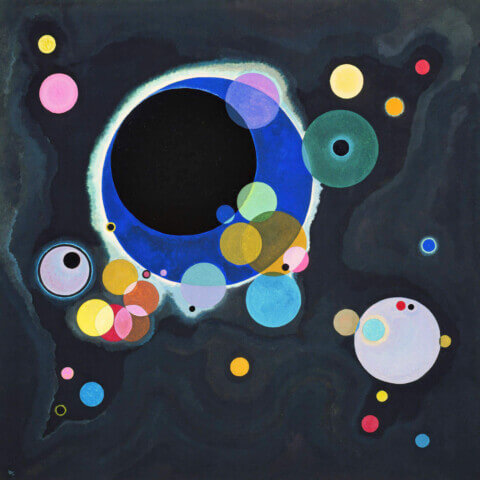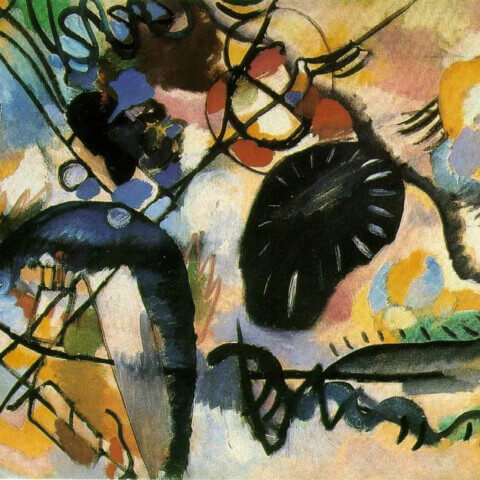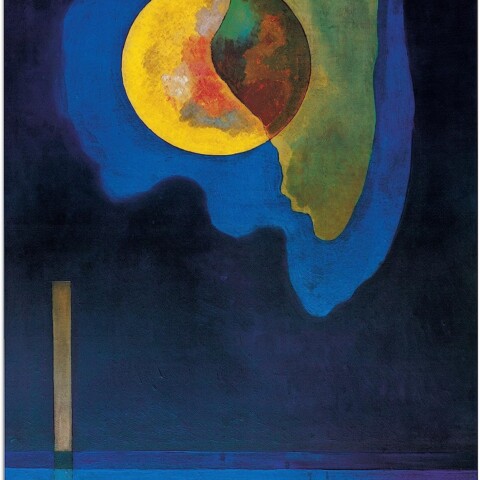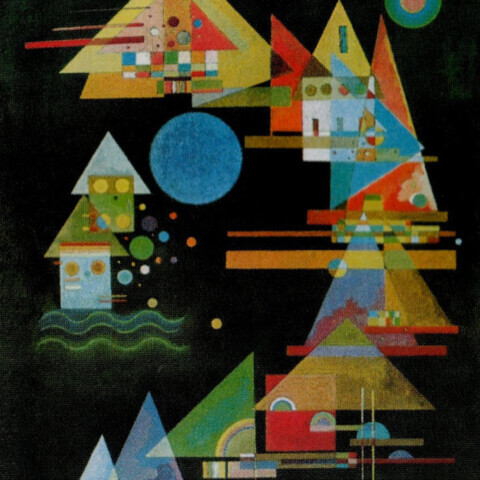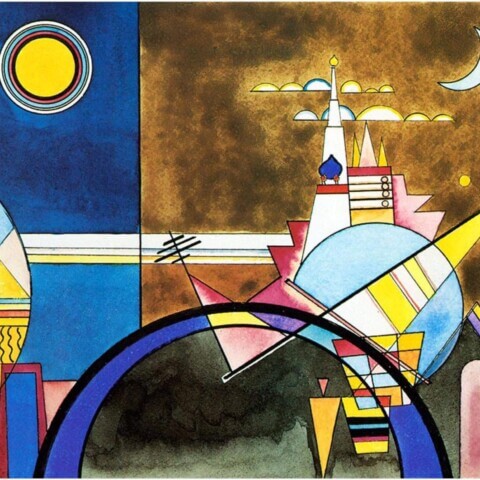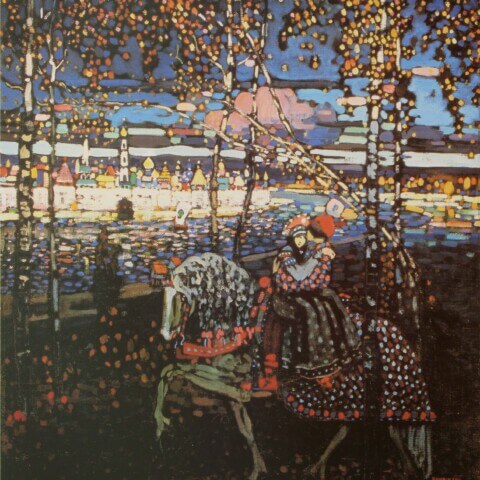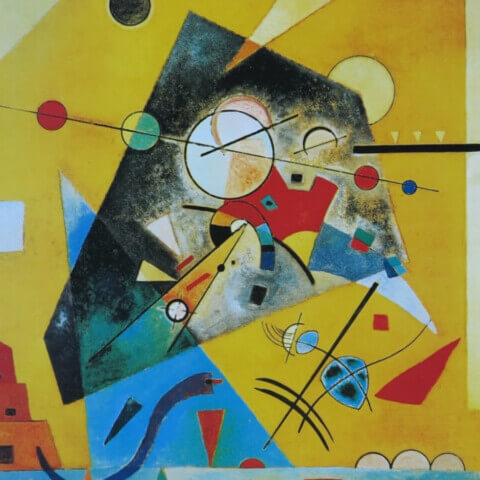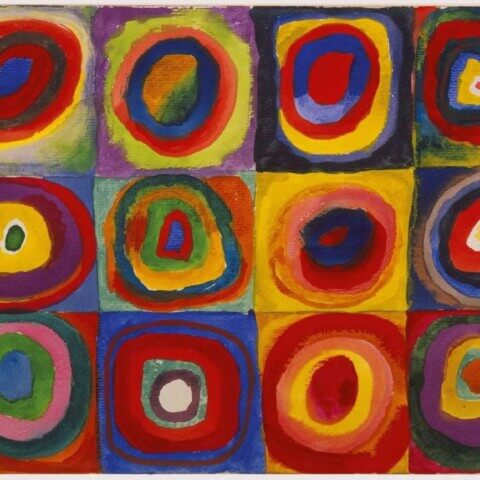Wassily Kandinsky
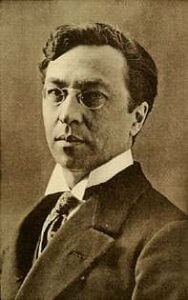
Wassily Kandinsky (1866-1944) was an influential Russian painter, art theorist, and a pioneer of abstract art. His innovative use of form, line, and color transformed the course of art history and cemented his position as a significant figure in the 20th century modernist movement.
Born in Moscow, Kandinsky was initially studying law and economics. However, he abandoned his career in law to study art in Munich in his late 20s, a decision influenced by his fascination with color and the impact of artworks like Monet’s “Haystacks at Giverny”. His unique approach to painting represented a radical break from tradition, making him an essential figure in the development of abstract art.
Kandinsky’s art style evolved over his career, moving from more figurative, folk-art inspired works to total abstraction. He was deeply influenced by music, particularly the works of Richard Wagner, and he sought to replicate music’s emotional influence in the visual arts. His work is often characterized by the use of bold colors, fluid lines, and geometric shapes. In his theoretical writings, notably in “Concerning the Spiritual in Art” (1912), he argued that art should appeal to the emotions and inner spirit, rather than mimicking the physical world.
Some of Kandinsky’s most famous paintings include “Composition VIII” (1923), “On White II” (1923), and “Yellow-Red-Blue” (1925). These works demonstrate Kandinsky’s emphasis on balance, rhythm, and harmony of color and form, reflecting his desire to create a visual equivalent to symphonic music. In “Composition VIII”, Kandinsky presents a kind of visual orchestra, where each shape represents a different sound, coming together to create a harmonious composition.
Kandinsky’s importance as an artist lies not only in his artistic output but also in his role as an art theorist and teacher. As a founding member of the Blue Rider group in Munich, he promoted abstract art and its spiritual and symbolic value. Later, he was an influential teacher at the Bauhaus school in Germany, where he further spread his ideas on abstract art and its theoretical foundations.
Kandinsky’s pioneering move towards abstraction paved the way for later movements such as abstract expressionism, influencing artists like Mark Rothko and Jackson Pollock. His emphasis on the spiritual and emotional qualities of art, the abstraction of form, and the expressive power of color made significant contributions to the evolution of modern art.


